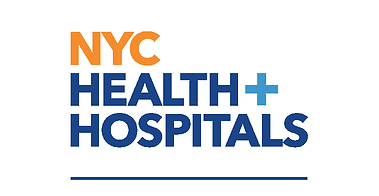
NYC Health + Hospitals, officially the New York City Health and Hospitals Corporation (NYCHHC), is the largest municipal healthcare system in the United States that operates public hospitals and clinics in New York City as a public benefit corporation. I worked for NYCHHC as a project consultant on nudging for COVID-19 vaccine uptake. The projects contained scientific research, public health policy, and patient experience & strategy facets.
COVID-19 Vaccine Uptake Background
Problem 1: (Back in early 2020), less than 20% of patients who should take vaccines had not taken action
Problem 2: The hospital's communication webpage, which served as the main communication tool to patients, had below 100 visits per week
my impact
the team
I worked with 3 students from Harvard University (Harvard Kennedy School, Harvard Medical School, and Harvard School of Education) to conduct a background search, interview stakeholders (doctors and practitioners on the front line, communication director, and specialists), design a digital tool and provide recommendations to our client.
uncovering the problem
-
Materials provided by the client showed that minorities' (in particular African Americans with a relatively low level of education) COVID-19 vaccine rate was significantly lower than the majority population
-
Doctors and practitioners believed that "everything was fine" from their side and they did not know what went wrong
-
The Director of Communication said they "tried all strategies they could find" but did not see any improvement
So, what was going on?
methodology
-
Firstly, my team spent 2 weeks analyzing different patients' survey responses to find the characteristics of the population who were unwilling to take vaccines
-
Then, my team and I spent 1 month conducting in-depth, semi-structured interviews with stakeholders to understand the exact methods they used to encourage vaccination and why they were not effective, in which I was in charge of interviewing doctors and the Director of Communication
-
At the same time, I delved into the academic literature on nudging for vaccine uptake to learn effective and ineffective approaches
diagnosis
patients were hesitant to take vaccines due to:
-
Overloaded information and misinformation on COVID vaccines that confused patients
-
Long-standing social and health inequities in the US healthcare system that minorities had trouble trusting hospitals
-
Concerns regarding premature approval of the vaccine and long-term side effects
unpleasant user experience on the webpage
-
Many technical languages were both dry and confusing that patients had trouble understanding what they entailed
-
The webpage layout were in a medical textbook format that was dense and wordy; did not fit human viewing patterns of brevity and heauristic-driven information processing
solutions: decision aid
How this solution worked: The decision aid provided written and graphic information and exercises that helped patients systematically evaluate the risk and benefits of taking the COVID-19 vaccine. Its value was to provide unbiased information to patients to help them map each possible decision to their own personal values and empowers them to take an active role in their own health decisions.
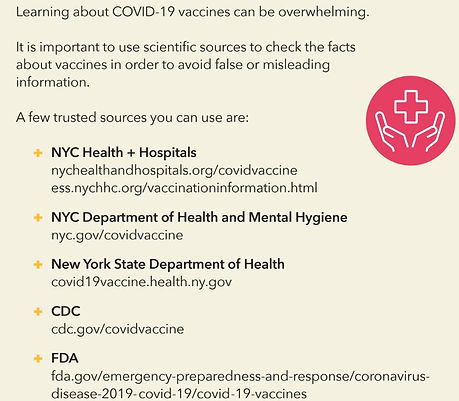


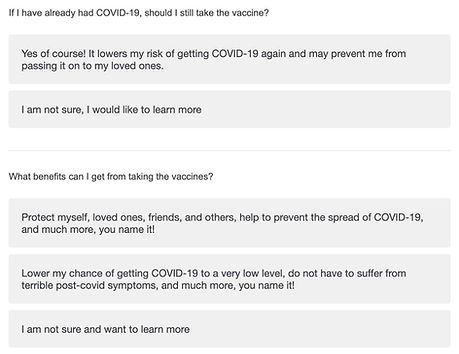
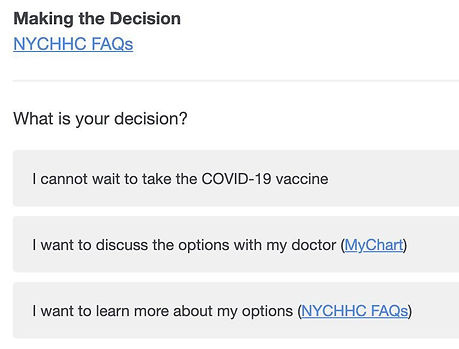
Step 1: Establishing trust
Research (The Sabin-Aspen Vaccine Science and Policy Group, 2020) has shown that providing multiple information channels may enhance people's trust in information and a trusted counter to misinformation.
Step 2: Joint evaluation
The joint evaluation was coined as a joint evaluative effort by more than one entity of a topic of mutual interest or of a program or set of activities (Hsee & Zhang, 2004). The decision aid aimed to provide the experience of jointly evaluating the risks and benefits of taking the vaccine as a debiasing measure.
Step 3: Values-clarifying exercise
Values-clarification exercises make implicit choices and values explicit and help patients make choices that reduce decisional conflict (Llewellyn-Thomas & Crump, 2013). The values-clarification here helps patients make holistic comparisons of the options available.
Step 4: Quiz on the facts
A quiz on relevant information prior to decision-making could further improve the confidence of the patient in making the decision to take the vaccine.
Step 5: Making a decision
Patients need to experience competence and the capability to change their behavior (Porat, Nyrup, Calvo, Paudyal, & Ford, 2020).
Step 6: Bridging the intention to behavior gap
As part of the decision aid, for those who express their willingness to take the vaccine, we provide the link to schedule an appointment to do so.
solutions: enhance website user interface
How this solution worked: Replace medical jargon and technical terms with plain words and vivid images to convey information in a clearer way to help patients to better understand the situation; Follow an F-shaped pattern to restructure the webpage and place information accordingly so the webpage fitted human viewing pattern
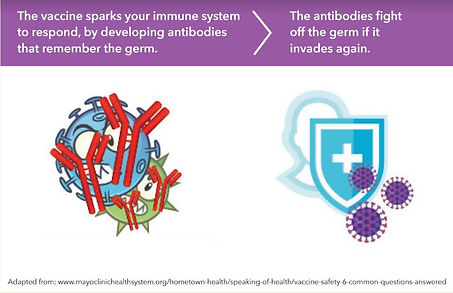
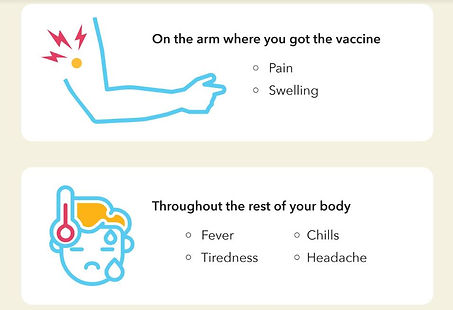
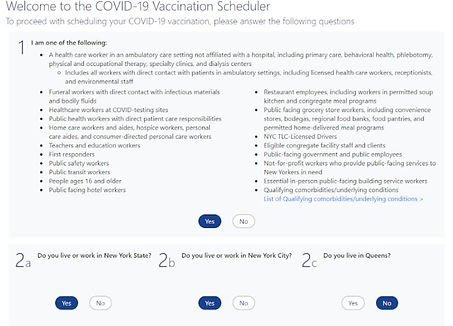
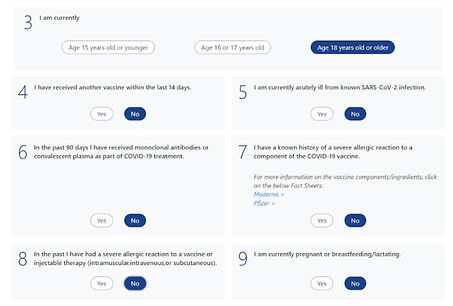
Communication style:
Complicated sentences and wordiness can result in information overload that could induce confusion and fear.
General layout:
Humans have certain ways of viewing things and are prone to heuristically-driven system 1 thinking which prioritizes easy-to-process information (e.g. visuals, videos)
